I tried to solve the problem by using the pout.tif image:

Here are the plots:

Here is the code:
I = imread('pout.tif');
imshow(I);
[counts,binLocations] = imhist(I);
subplot(3, 1, 1);
stem(binLocations, counts, 'MarkerSize', 1 );
xlim([50 200]);
X = I(:);
options = statset('MaxIter', 300); % default value is 100. Sometimes too few to converge
gm = gmdistribution.fit(double(X),3, 'Options', options);
subplot(3, 1, 2);
plot(binLocations, pdf(gm,binLocations));
xlim([50 200]);
subplot(3, 1, 3);
for j=1:3
line(binLocations,gm.PComponents(j)*normpdf(binLocations,gm.mu(j),sqrt(gm.Sigma(j))),'color','r');
end
xlim([50 200]);
UPDATE
Here are some explanations to the code:
The first plot shows the histogram: color codes and their numbers in the image. It is just to demonstrate the frequency of each color. Later on it can be seen that the pdf plots resemble the histogram profile - a good validation means.
The second plot shows the pdf for the color codes. The model describes the real distribution by means of an approximation as a sum of k=3 normal distributions:

Sometimes the algorithm cannot find an appropriate approximation and ends up with only 2 distributions. You need to restart the code again. The area under the curve is equal to 1. In order to hold this constraint true, the pdf-components are scaled with parameters p.
On the third plot the single distributions are depicted. They are continous functions of x. You can solve them symbolically for x and they will look like:
f1 = 0.0193*exp(-0.0123*(x - 97.6)^2)
f2 = 0.0295*exp(-0.0581*(x - 83.0)^2)
f3 = 0.0125*exp(-0.00219*(x - 131.0)^2)
In order to find their intersections you can construct a symbolic function, put the corresponding parameters for each distribution, write an equation, and then use solve function to solve the equation for x:
syms x m s p
f = symfun(p/(s*sqrt(2*pi))*exp(-((x-m)^2)/(2*(s^2))), [x, m, s, p]);
for j = 1:3
ff(j) = f(x, gm.mu(j), sqrt(gm.Sigma(j)), gm.PComponents(j));
end
eqn = ff(1) == ff(2);
sols = solve(eqn, x);
display(vpa(sols, 3));
The above code finds intersections of the 1st and 2nd pdfs. The result: x=88.1, x = 70.0.
UPDATE
Using the simbolic equation above you can find more about your pdfs:
% At which value of x the 3rd pdf is equal to 0.01?
eqn = ff(3) == 0.01;
sols = solve(eqn, x);
display(vpa(sols, 3)); %returns 121.0 and 141.0
% What is the value of the 3rd pdf at x = 141?
sol = subs(ff(3), x, 141);
display(vpa(sol, 3)); %returns 0.0101


